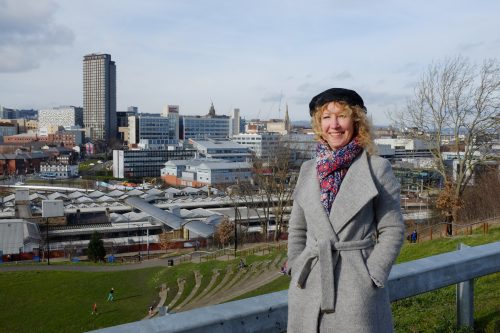This letter by councillor Ruth Mersereau was published in the Sheffield Star on 15th August 2022.
Feelings are running high in Sheffield over the introduction of low traffic neighbourhoods (LTNs) and active travel schemes. Despite consultation with residents resulting in overwhelming support, a few drivers have resorted to criminal damage, vandalism and abuse of adults and children to express their anger.
Recently traffic barriers were thrown into the nearby river and metal bollards sawn off overnight when the railway bridge on Little London Road was blocked to motor vehicles.
Is this a reasonable response to the council’s attempts to improve road safety, reduce pollution, enhance health and encourage walking and cycling?
Surely, we all have a right to clean air, quiet neighbourhoods, safe routes for children to get to school and safe travel for people on bikes, people on foot and disabled people? The convenience of drivers who use local streets as a rat-run should not come before the quality of life of people who live on those streets or want to use safe and clean modes of travel.
Opponents of traffic restrictions in local neighbourhoods reel off a list of supposed disadvantages. They claim LTNs cause congestion on main roads, delay emergency vehicles and only benefit better-off areas.
Yet the evidence provides no support for these claims. In fact, government figures show most LTN schemes reduce traffic as a whole, while other research finds no negative impact on emergency vehicles, and that the schemes benefit disadvantaged areas most.
Research on LTNs in London has shown that cycle use rises, people walk more, traffic falls and there is a reduction in road casualties. Initial resistance is often overcome when the community sees the advantages of the schemes. The best way forward is to let the trials take place.
Councillor Ruth Mersereau, City Ward, Sheffield Green Party

